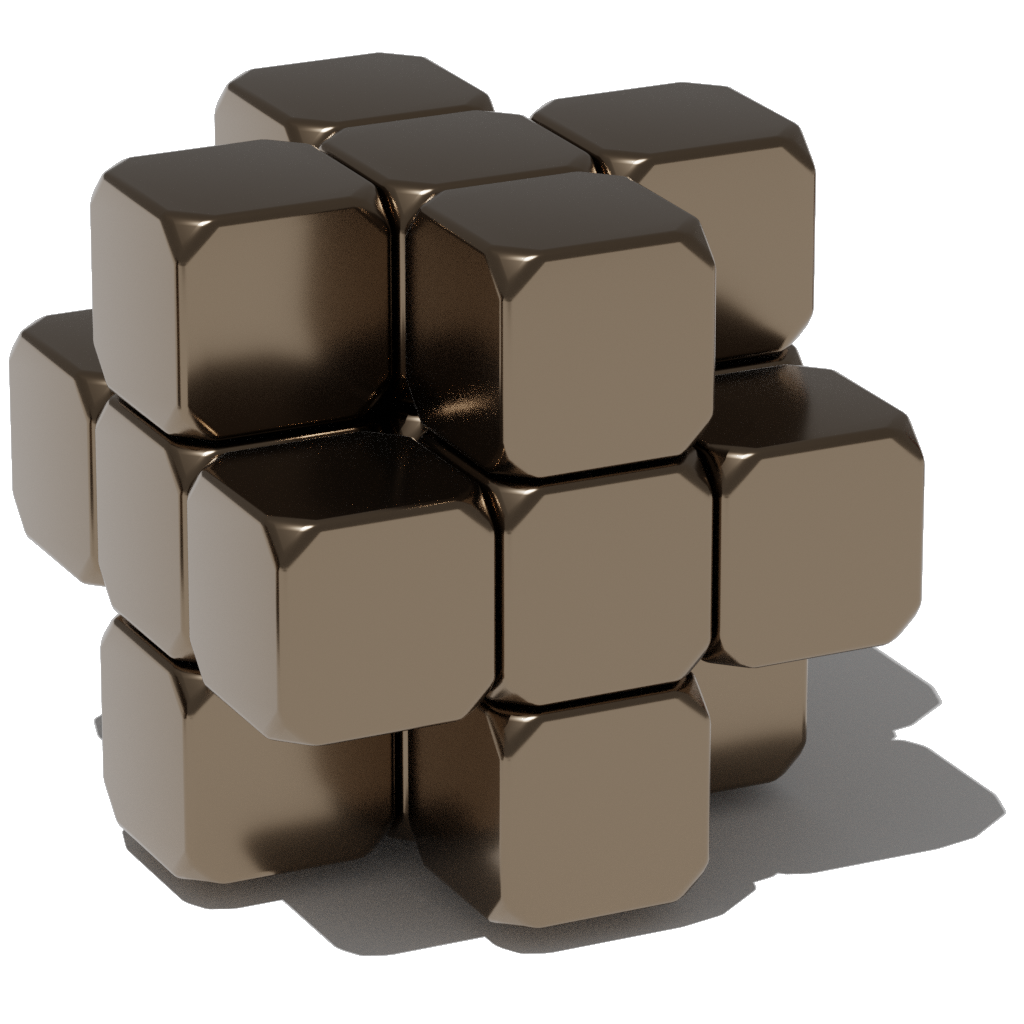FieldQuantity#
- class FieldQuantity#
Bases:
objectA functor representing a physical field quantity.
- __init__(impl)#
- property name: str#
Return instance’s name.
- property unit: str#
Return the unit of the quantity.
- Returns:
unit – The unit of the quantity, the default value is an empty string.
- Return type:
str
- property ncomp: int#
Return the number of components of the quantity.
In most cases this would be either 1 (scalar field) or 3 (vector fields).
- Returns:
ncomp – The number of components of the quantity.
- Return type:
int
- property grid: Grid#
Return grid on which the quantity will be evaluated.
- Returns:
grid – The grid on which the quantity will be evaluated.
- Return type:
- property shape#
Return the shape of the output numpy array of this quantity.
- Returns:
shape – The shape of the output numpy array of this quantity.
- Return type:
tuple of ints
- eval()#
Evaluate the quantity.
- average()#
Evaluate the quantity and return the average of each component.
- Return type:
float
- get_rgb()#
Evaluate the vector field quantity and return its rgb representation as a numpy ndarray of the same shape (3, nz, ny, nx).
Note
The final color scheme is different from mumax³. In this case, the saturation does not depend on the z-component anymore, meaning the z=0 plane remains unchanged, but other colors will appear slightly less saturated. This ensures that the color sphere is continuous everywhere, particularly when crossing the xz- or yz-plane with a normalized length less than 1, where the colors will fade through gray.
- property meshgrid#
Return a numpy meshgrid with the x, y, and z coordinate of each cell.
